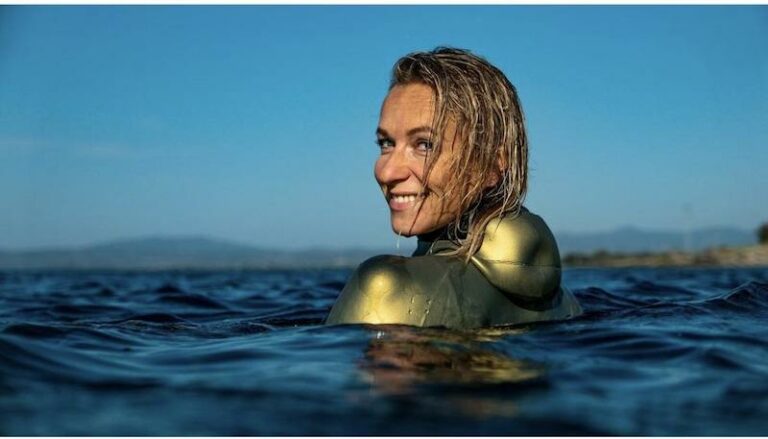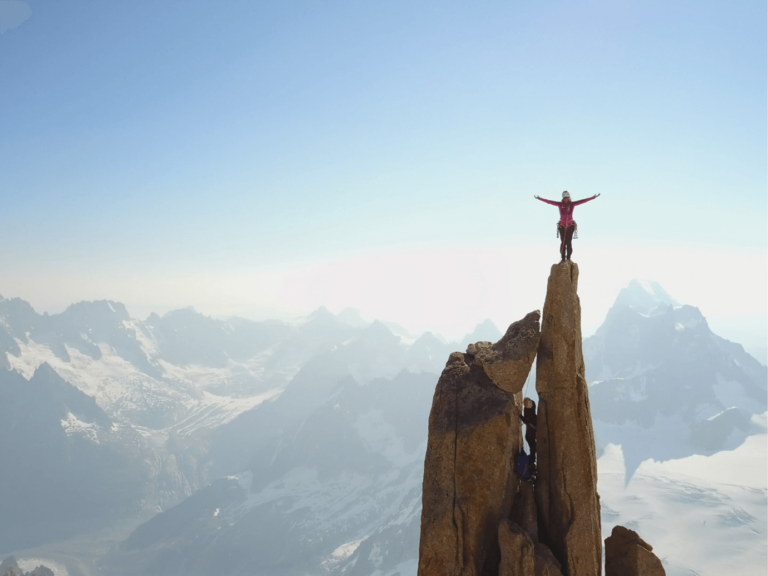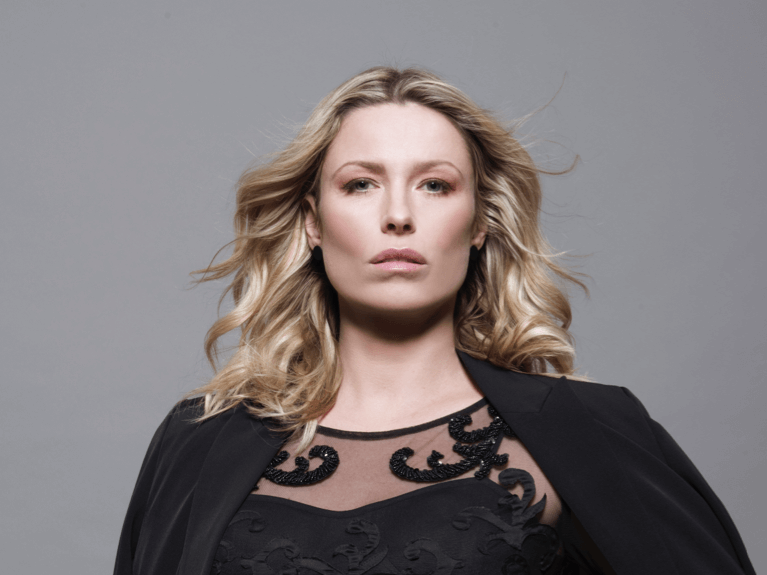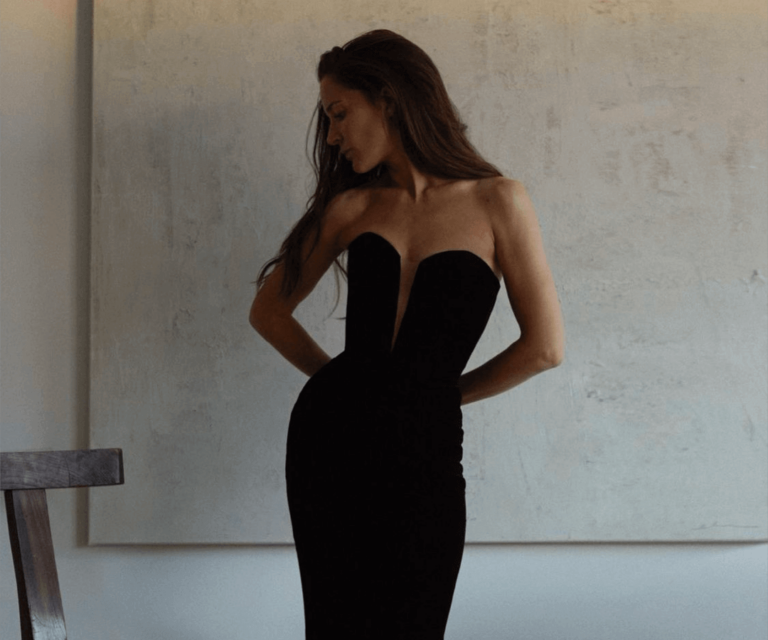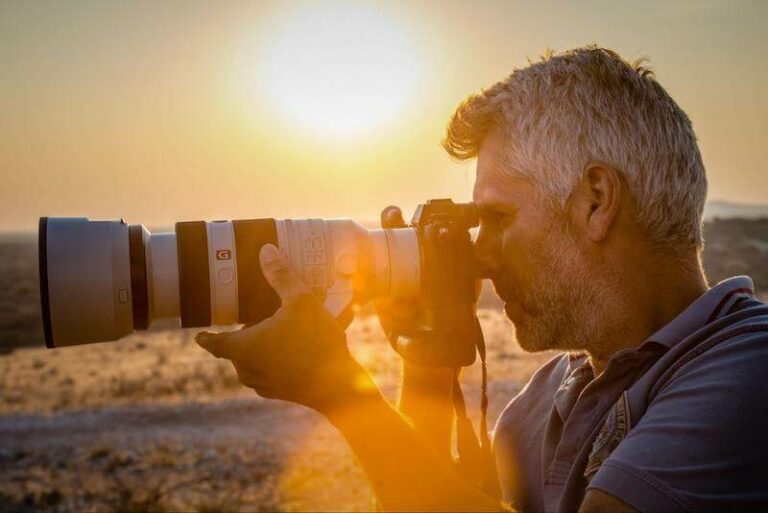Photo: © the Jane Goodall Institute/By Derek Bryceson
In 1944, ten-year-old Jane Goodall was smitten with nature. At home in the trees and lost in the tales of Jane and Tarzan, the woman who would go on to crumble humanity’s long-held beliefs about the animal kingdom, was dreaming of her future.
Her hopes were pure but not simple. She wanted to go to Africa, live with wild animals and write books about them. This was close to eight decades ago, the world was at war, and her vision was an abrupt departure from the path society had laid out for her.
“Everyone laughed at me. We had very little money, no one was doing that, and I was only a girl. ’Dream about something you can achieve,’ they said. But not my mother, ’If you want to do something like that you will have to work very hard, take advantage of every opportunity, and if you don’t give up, hopefully you will find a way’,” explained Dr. Jane Goodall, founder of the Jane Goodall Institute (JGI) and UN Messenger of Peace.
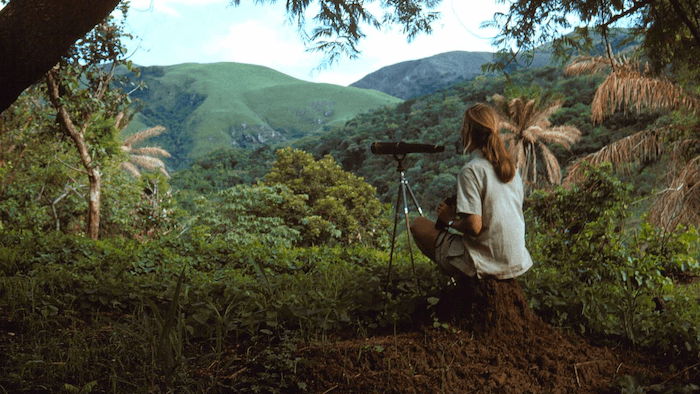
Jane did more than just find her way. The world-famous conservationist blazed a trail, changed the way we think about animals, and has inspired millions through her tireless efforts to protect our planet and all species that call it home.
Whether it be fortune or fate, Jane got her first shot at her dream when she was 23 years old and met the Kenyan-British paleoanthropologist, Dr. Louis Leakey. It was Louis who three years later would send Jane to the Gombe Stream National Park in Tanzania to study wild chimpanzees. Jane’s lack of a college education became her strength. Louis believed that this would allow her to approach the study with an open and unbiased mind.
It was during the initial months that she spent tracking and observing the chimpanzee population in the park that Jane would meet another extremely influential male in her life, who she eventually named David Greybeard. When David, the first chimpanzee to accept her presence, made and used tools to fish for termites everything started to change – slowly.
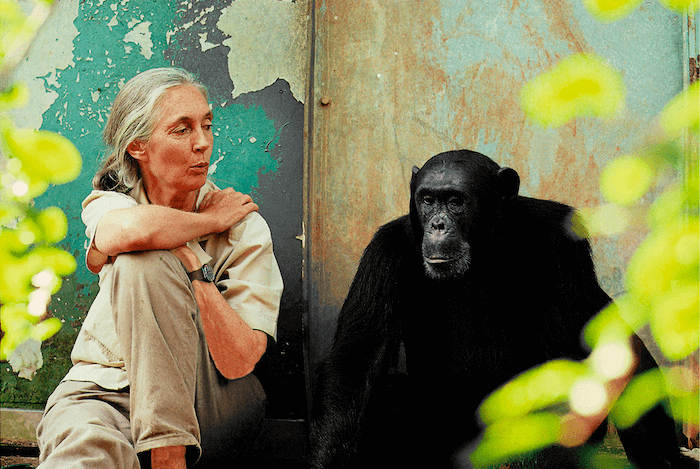
“The early criticisms [of my work] were over giving chimps names, and talking of their personalities, minds and emotions. It was challenging the reductionist view of animals at the time. The tool use – that was also something science did not want to believe.” Despite the push back from the scientific community, and the challenges she faced when sharing her findings, Jane never gave up hope and stood fiercely by what she knew was true.
“I never wanted to be a scientist (though I am very glad I got the PhD). I just knew the professors were wrong. I had been taught by my time with my dog Rusty that we humans were not the only beings on the planet with personality, mind and emotions. That we are part of, not separate from, the rest of the animal kingdom. One by one, over the years, almost everything that was thought at one time to make us unique has been proven untrue.”
Her ground-breaking observations however resulted in National Geographic stepping in to fund the work she was doing and sending Dutch filmmaker Hugo van Lawick to capture it all firsthand. In the coming years Jane went on to receive her doctorate from Cambridge University and continue with her African dream for the next two decades. But the world was changing and Jane was considering how she could make the most impact.
In 1977, she formed JGI, an organization created to further her mission of supporting wildlife research, education and conservation, and promoting informed and compassionate action to improve the environment for all or earth’s living creatures.
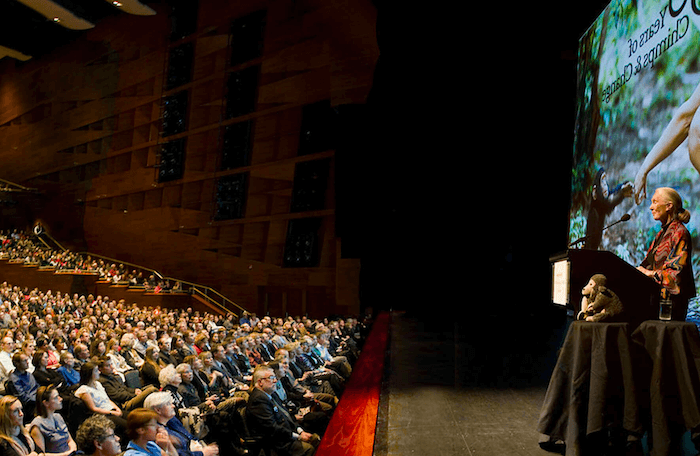
“It was at a conference in 1986 at which I learned how forests were being destroyed and chimp numbers decreasing. I realized that so many people in Africa were desperately poor and destroying the environment to survive [i.e. cutting down trees to make money from charcoal, or making more land for growing food]. This made me realize I must leave Gombe and do what I could to help the situation.”
This awareness led to TACARE, the JGI holistic programme to improve the lives of people in poverty so that they become partners in conservation. In 1994 Roots & Shoots was born, a program with worldwide reach that engages youth in projects that protect and better the world.
Over the years Jane has come to epitomize what it means to truly dedicate your life to a cause you believe in and she reminds us we can all make a difference.
“Each one of us has an impact everyday. While voting, traveling, eating, and consuming. We all have to collectively think before buying a new product: is this object produced sustainably? Was it produced with respect to nature, to humans?”
“Beauty Disrupted is playing a part in the actual wave of companies that have thought about it and taken this into account in their core business. I was thrilled to learn that their soaps and shampoos are solid and plastic-free, they are vegan, and have not been tested on animals, and they are produced with 100% renewable energy.”
It wasn’t just the ethos behind the product, it was also the quality that stood out to Jane.
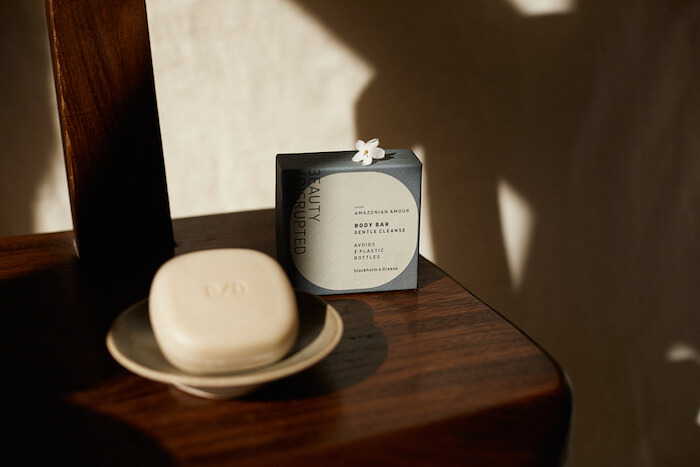
“When I opened the recycled FSC certified cardboard box, I was at once captivated by the delicate fragrance of flowers, taking me, for a moment, into nature where I am happiest. And finally, the products themselves were wonderful to use.”
Jane’s first experience with Beauty Disrupted’s products was the Amazonian Amour collection of beauty bars. Each bar is scented with hints of jasmine, orange blossom, frangipani flower, and vanilla, to take users on an aromatic journey to the jungle. At least ten percent of profits from the global sales of this collection will be donated to JGI.
Jane has been galvanizing people for good for decades, traveling 300 days a year giving speeches and meeting with global politicians and business leaders to raise awareness and fight for the planet and its animals. COVID 19 put an abrupt stop to that, grounding the avid traveler for 2.5 years. During that time she never stopped her mission though.
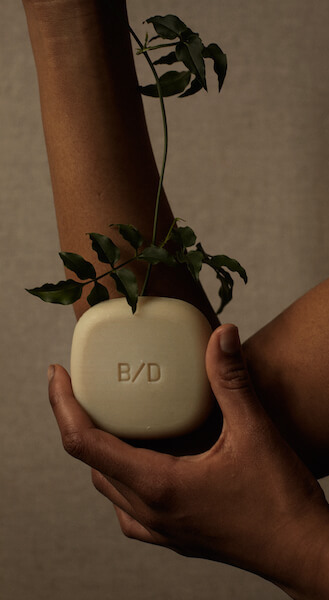
“The pandemic taught me how I could reach millions more people via video, zoom, skype and so on – far more people than when I was traveling 300 days a year.”
The UN Messenger of Peace continues to have a daily impact on people all around the world and in a time when people are losing hope she is reminding us that hope is action.
“I see humanity as at the mouth of a very long, very dark tunnel. Right at the end a little star is shining – that is hope. It is no use sitting at the mouth of the tunnel and hoping the star will soon come to us. We must roll up our sleeves and climb over, crawl under and work our way around all the obstacles that lie between us and the star…”
And that even the smallest step towards that star can have an impact.
“Don’t forget that every day you live you make a difference, and you can choose what sort of difference you make. If millions of people make even small ethical choices each day it will change the world.”
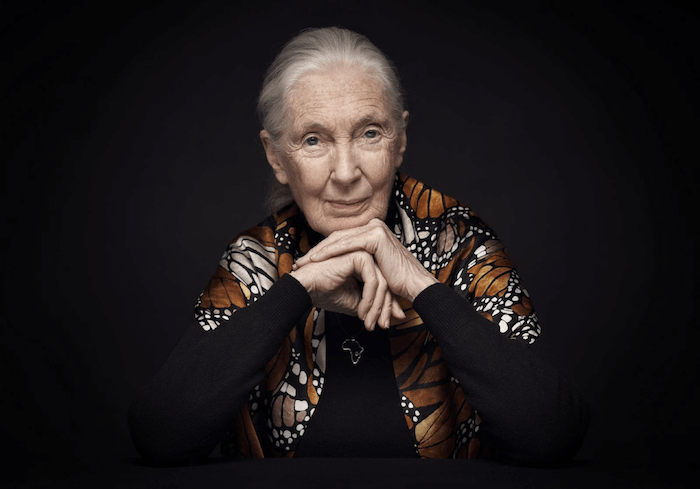
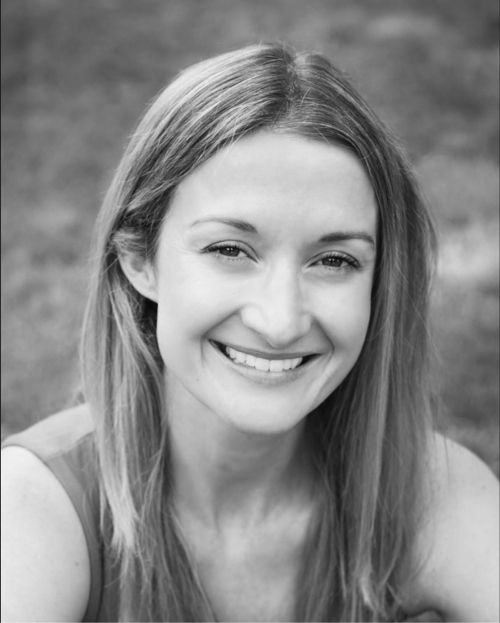
Karryn Miller is a native of Auckland, New Zealand, for whom “home” has also meant Tokyo, Hanoi, Mumbai, Seoul, and Washington, DC. As a hotel public relations consultant with a passion for travel, she has also published pieces in dozens of travel books, magazines, and newspapers around the world. Most recently, together with a global collective of mothers, she co-authored the book Mother Wild, and launched a series of wellness retreats. In 2021 Karryn relocated with her family to the second snowiest city in the world, Sapporo, on the island of Hokkaido in northern Japan.



